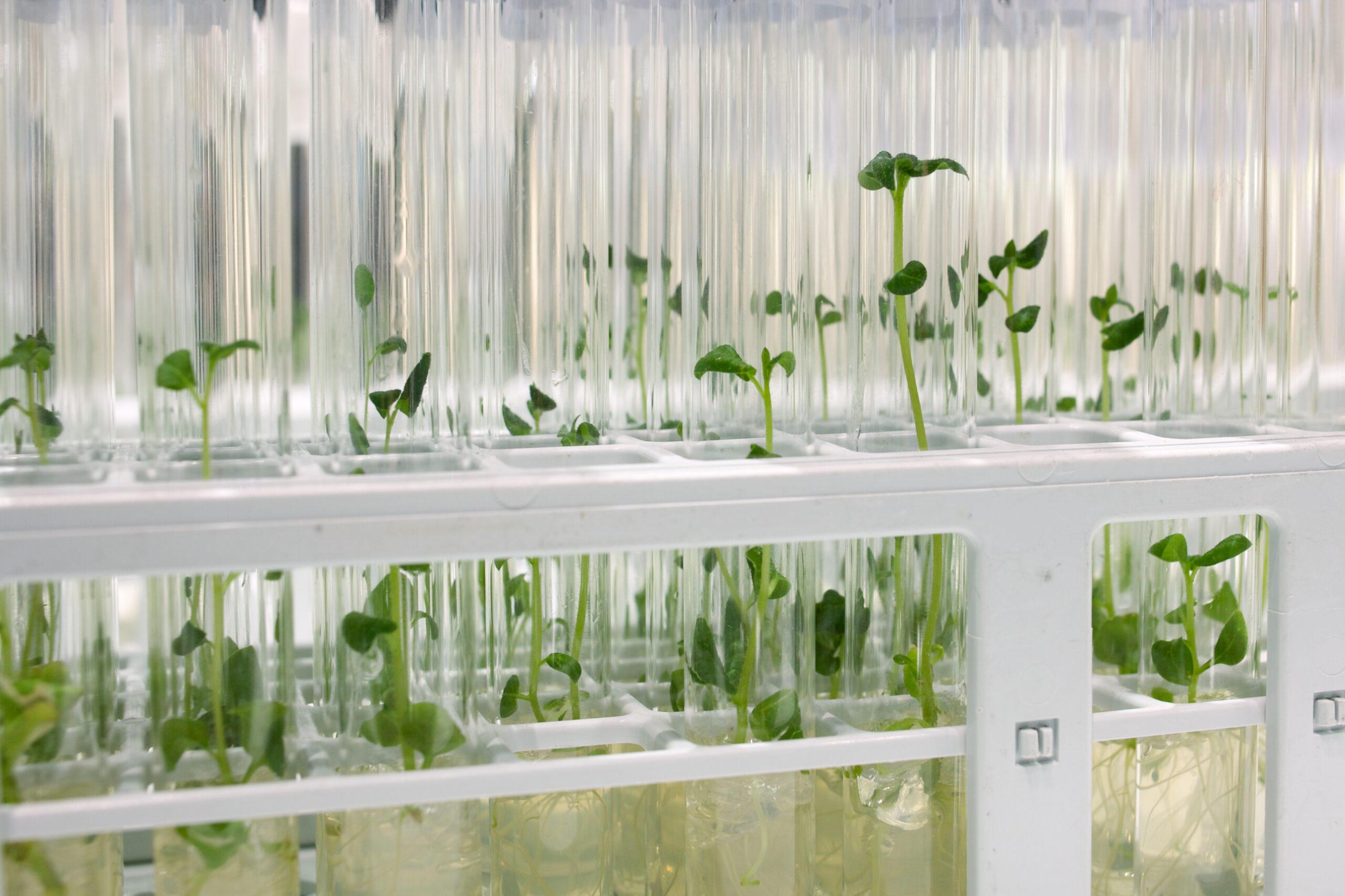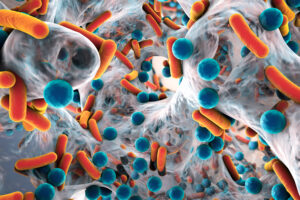Let’s talk about the green machines that rule the world – plants!
Over 82% of the Earth’s total biomass is made up of plants. From tiny mosses to towering trees, plants come in all shapes and sizes. But have you ever wondered how they know what form to take?
Like animals, plants begin life as a single cell – the smallest living particle.
Once the first cell divides, it kickstarts the plant’s growth.

GIPHY
ZYGOTTA BE KIDDING ME
All plants start from a single cell called a zygote.
Zygotes are fertilised egg cells that are the start of life in both animals and plants. But get this – while animals rely on fertilisation to kickstart their growth, many plants have a secret trick up their sleeves. They copy their own cells to multiply and grow, eliminating the need for outside help. Talk about being self-sufficient!
In plants, the zygote lives inside a seed. This seed is like the ultimate survival kit. It can withstand crazy conditions like digestion, fire and getting stomped on. Plus, inside the seed, the zygote has a buffet of nutrients to feast on until it’s big enough to make its own energy.

GIPHY
LIKE STEALING CANDY FROM A BABY
The cells on the outside of the seed are like its personal weather forecaster. They keep an eye on the temperature, water levels and other important conditions. They send signals to other cells inside the seed, like traffic controllers telling other cells when they stop and go. In plants, these cells release a hormone called gibberellin that tells the zygote to start growing.
Seeds hold an immense amount of nutrients for their size.
If you think about it, when we humans eat seeds, it’s like we’re raiding the pantry of a baby plant (yikes!). It’s a grim but accurate thought.

GIPHY
GOING NUCLEAR
When a plant starts growing, its nucleus moves to one end of the egg cell, causing the cell to elongate into a tube-like shape. The cell then divides in two, creating one tube-like cell and one round cell.
The tube-like cell will divide and become the plant’s root system. Meanwhile, the round cell will divide to become the stem.
At this initial phase, where one zygote becomes two daughter cells, the cell starts separating into different parts.
But how exactly does a plant know how to do this? Well, at the centre of the zygote is the nucleus. It holds all the genetic information to guide plant growth and behaviour.
Like humans and other animals, plants have DNA that acts as a blueprint for how they will grow and behave.
The DNA forms genes that code for proteins – a group of chemicals responsible for controlling the cell’s behaviour.
IT’S JUST HORMONES
For plants, two of the most important proteins that determine how a cell will grow are auxin and cytokinin.
Auxin is like a head coach. It regulates cell division and makes sure everything is growing in the right direction.
Cytokinin is like a drama teacher. It tells cells when it’s time to change their identity and take on new roles.

tenor
No matter if the plant is a vegetable, a flower or a giant tree, this growing process is exactly the same. And it’s not a coincidence.
There’s some evidence that the DNA in all plants points to a single common ancestor that lived over 1 billion years ago.
The genes that govern how plants grow are so important that they’ve barely changed over that time. This is despite plants evolving into wildly different species.
So next time you see a plant, think about how it all started with one tiny cell, growing and dividing until it became a mighty green machine!









